|
|
This image provoked quite a few comments about the brickwheel gang; this image has Harry Dack’s twin brother Tom second from the right. Can anyone know the names of the other men?
The brickwheel produced the once familiar ‘back street’ paving bricks, produced from the slag; a by product of the iron smelting process. Eric Johnson advised the Archive: “In the background, centre of the image, part of the benzole house can be seen; this distilled the tar from the coke ovens and to the right the old number 5 furnace.”
Image from a compilation by Derick Pearson and others, thanks to Eric Johnson for the update.
A view from the cliff looking down on the alum house at Hummersea, taken from a postcard posted in 1907.
Image courtesy of Tina Dowey.
Hummersea beach, image taken from a postcard view; believed to be the work of T. C. Booth (Methodist minister of Loftus). A long walk by Hummersea farm to get to this beach, but well worth it, as we can see frequented by local people. The ruins (now long gone) were the remains of the old alum house associated with Hummersea Alum Mine.
Image courtesy of Jean Hall.
This photograph shows the new steps in place; down the cliff from Hummersea Farm to the beach, in November 2006. The old kiln looks the same as in the earlier photograph. Are the steps still there, or have they been damaged by the sea?
Image courtesy of John Roberts.
This photograph shows the bottom of the steps down from Hummersea Farm to the beach. The stone-built structure is thought to have been used as a kiln for the burning of cement stone – which was obtained from the uppermost levels of the alum shale.
Image courtesy of John Roberts; information regarding the kiln from ’Steeped in History’ edited by I. Miller.
The Archive doesn’t know what the occasion was, possibly a presentation. Carolyn Richard’s father, Harry Grange, is standing in the middle at the back of the group. Can anybody assist.
Image courtesy of Carolyn Richards.
We haven’t many photographs of Longacre mine at Skelton, which was not as well known as many of the others in the area. Joan Webster tells us: ”Nice picture of Longacre mine where my father (Jack Robinson) was deputy manager.”
Photograph courtesy of George Pearson; thanks to Joan Webster for the update.
This is a locomotive J39 -0-6-0 no. 1448; it was the first of a class and almost new when the incident took place, it was derailed at the trap points at Lumpsey mine near Brotton.
Raymond Brown provided additional information: “This J39 Loco was not a write off, it went on to be renumbered 64700 under BR ownership and remained in traffic until 1961 (based at Sunderland Shed). It was cut up at the British Railway’s Cowlairs works in August 1961. Additional information courtesy of Ray Brown.
Image from a compilation by Derick Pearson and others, thanks to Raymond Brown for the update.
This is a locomotive J39 -0-6-0 no. 1448; pictured being pulled upright after the incident at the trap points at Lumpsey mine near Brotton.
Image courtesy of a compilation by Derick Pearson and others.
Once again a lovely drawing of Longacre ironstone mine, long gone now, but still remembered; the former site is close to the present day Asda store and the public house which bears the name “The Longacre”.
Image courtesy of Joan Webster.
|
|
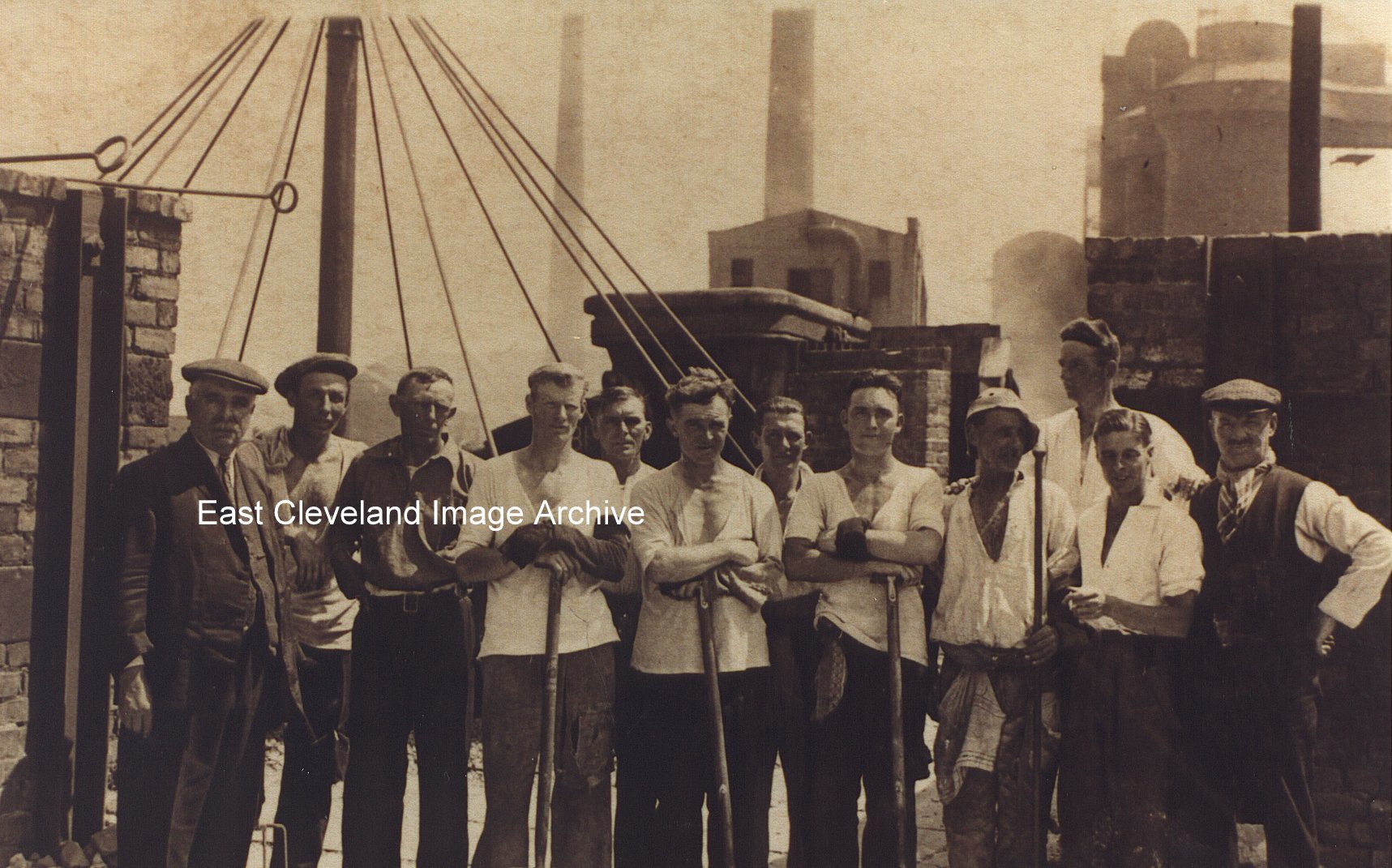
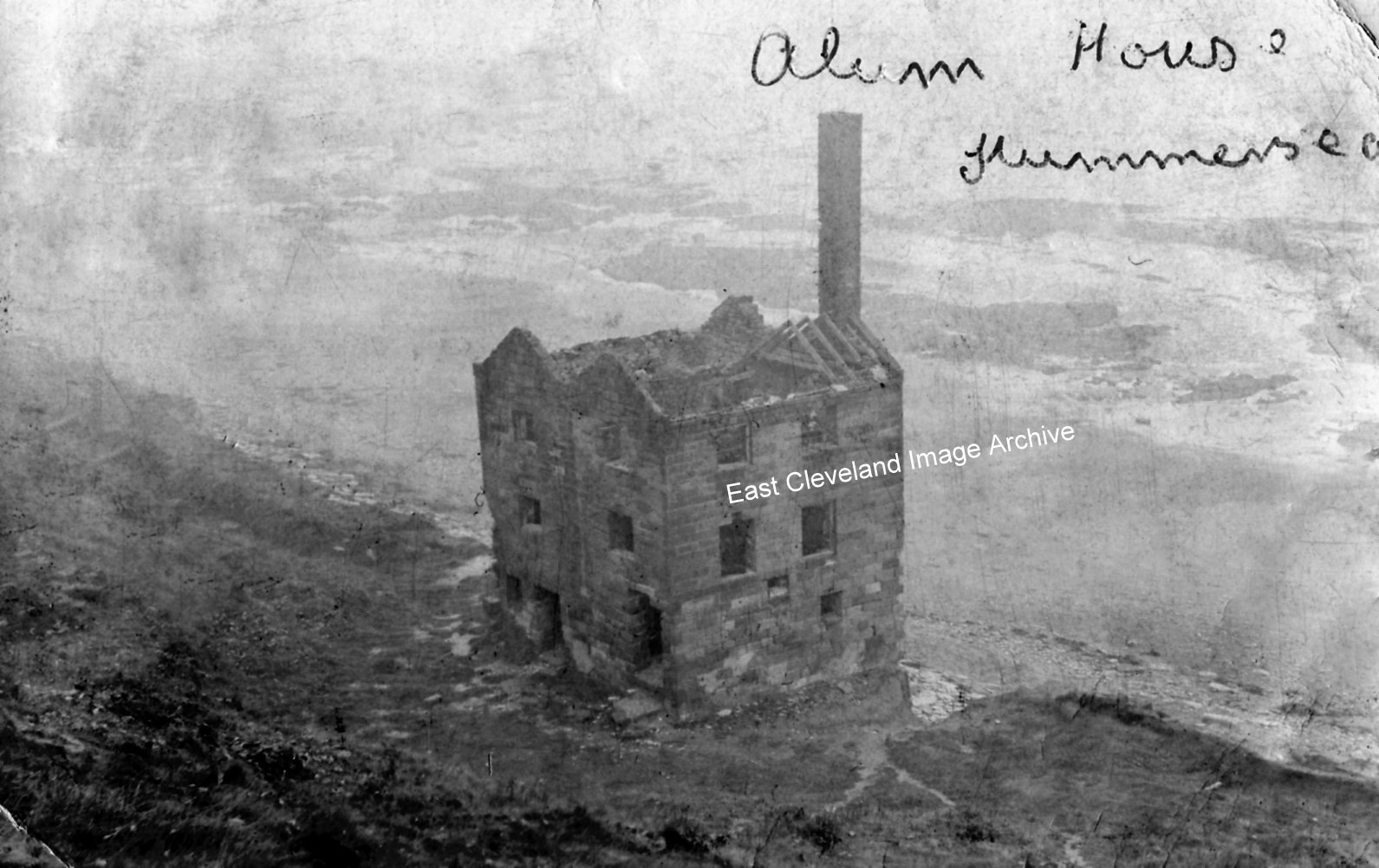
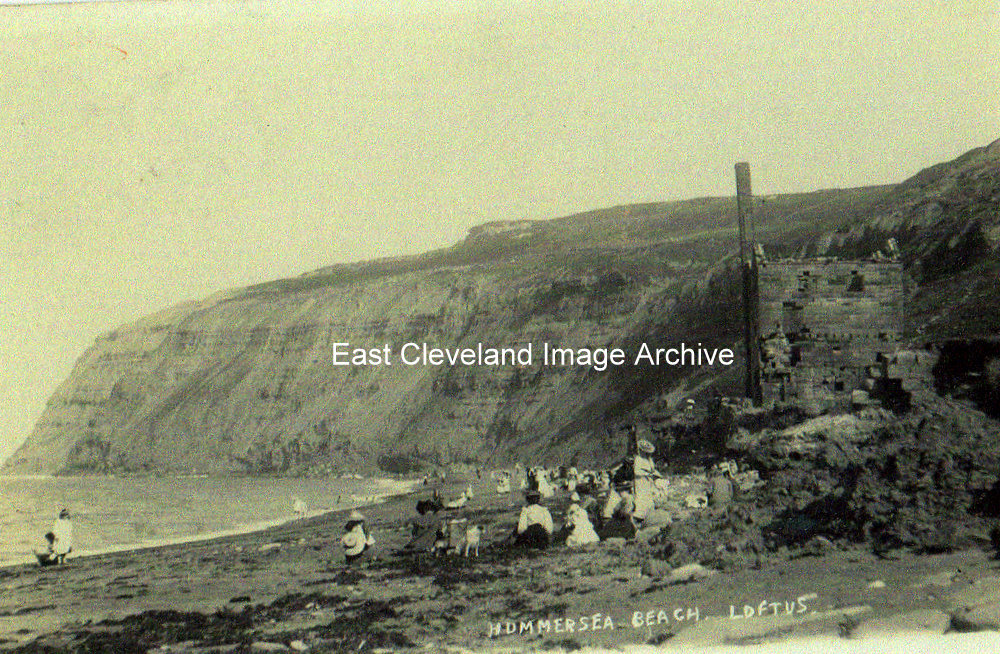
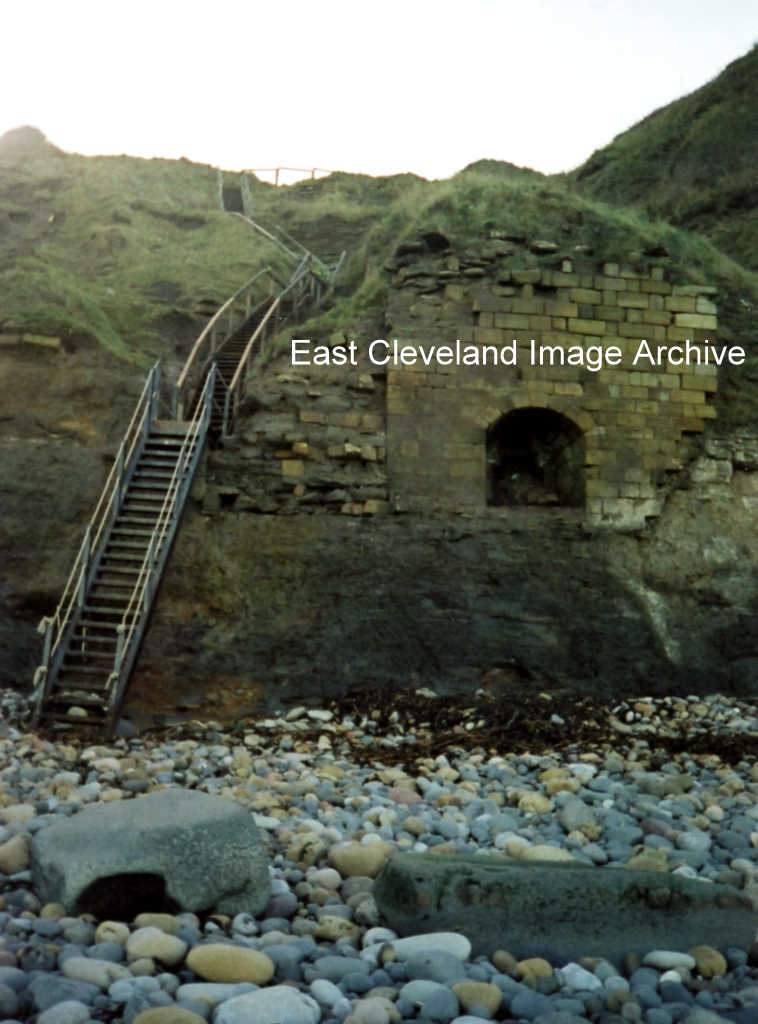
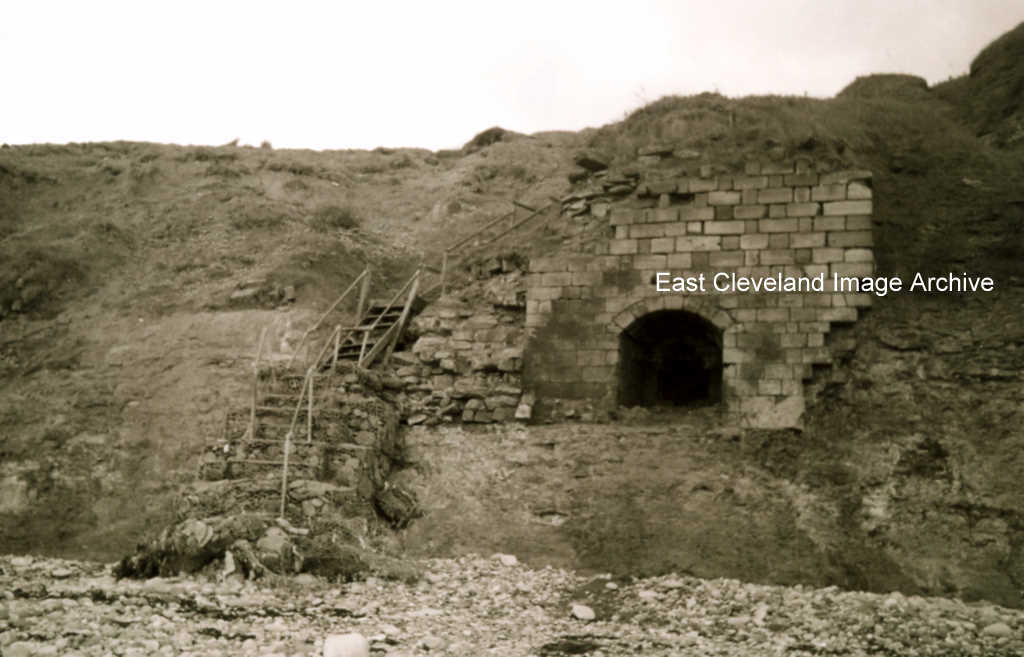
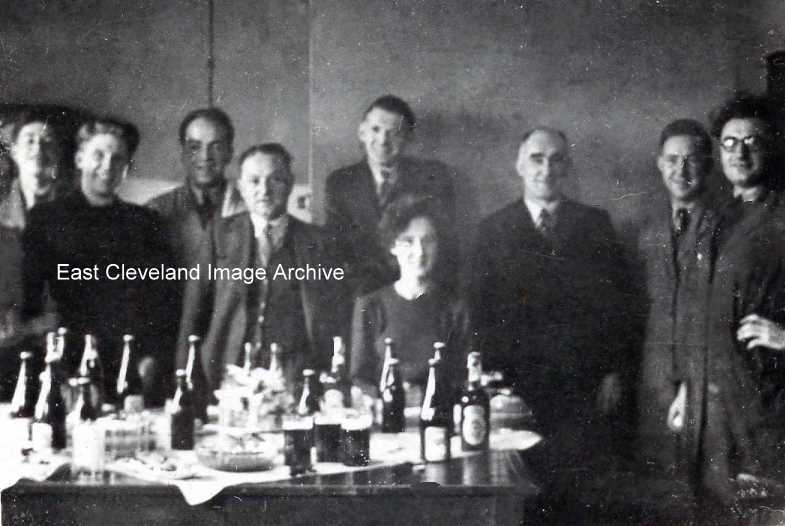
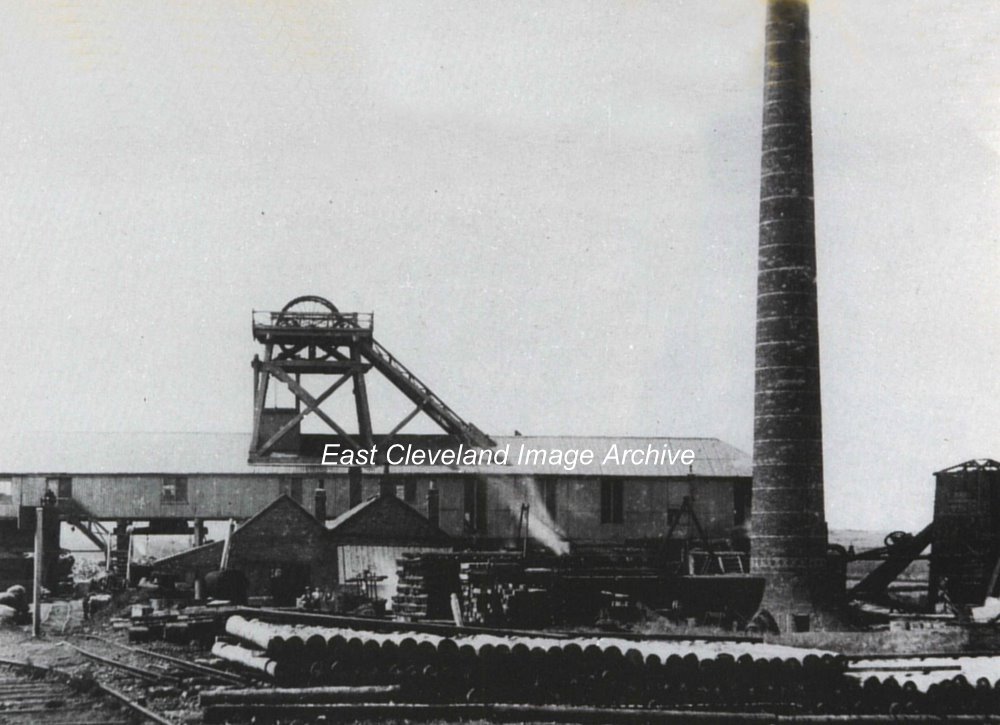
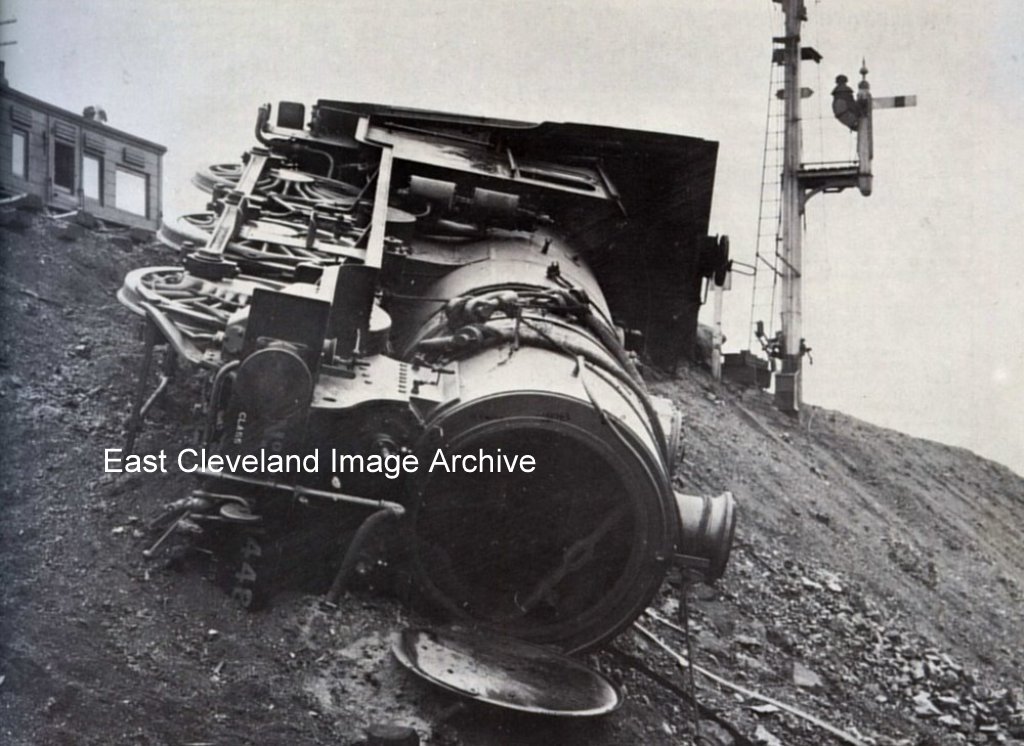
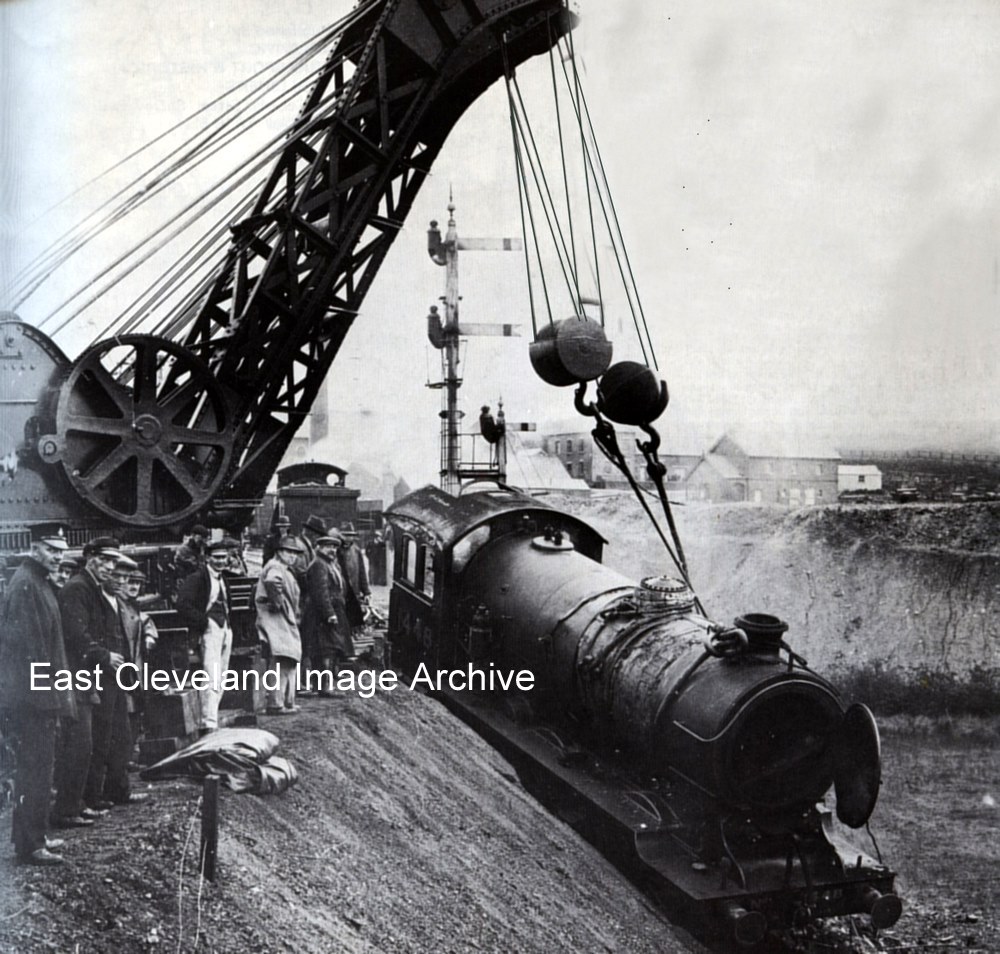
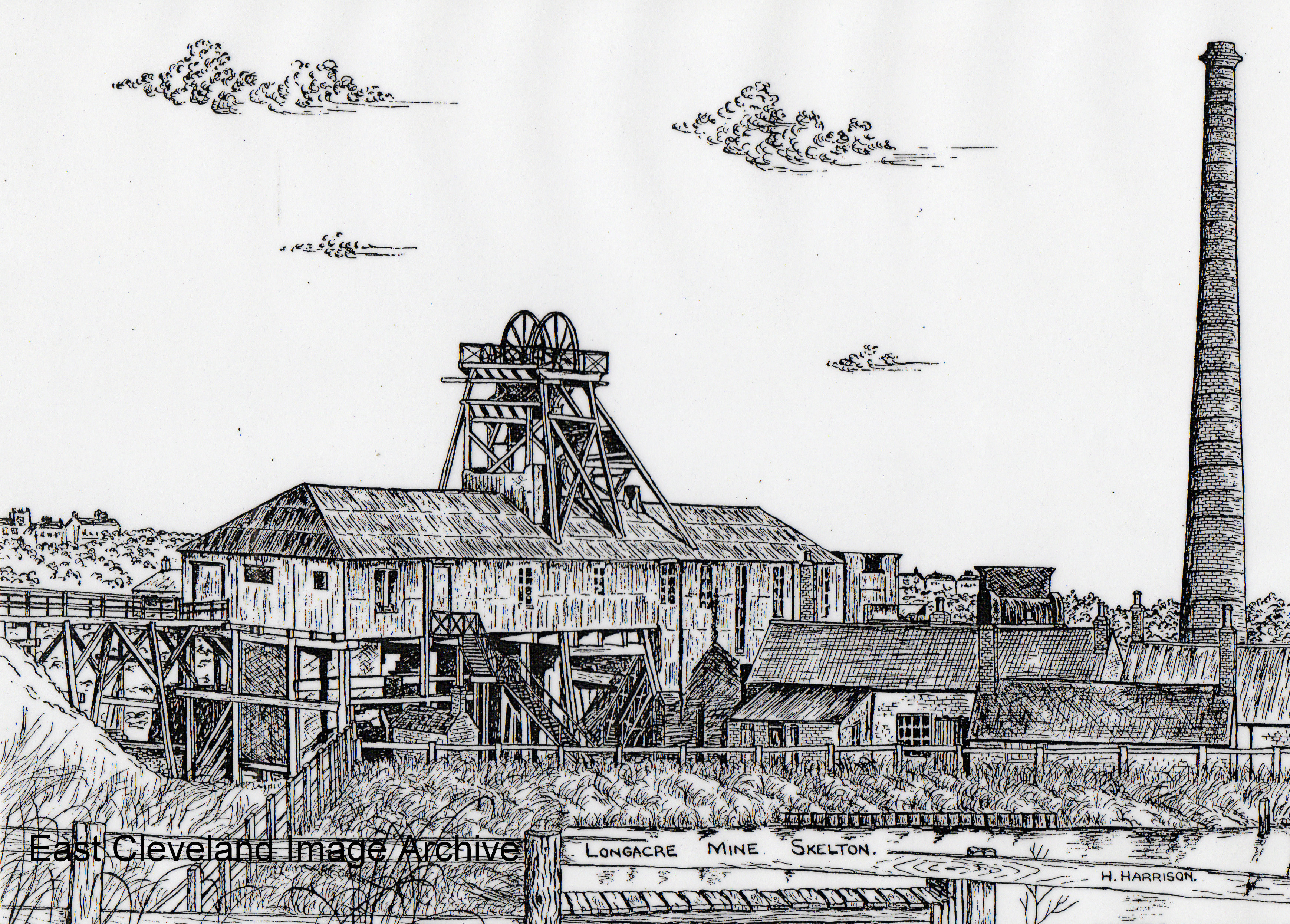
Recent Comments